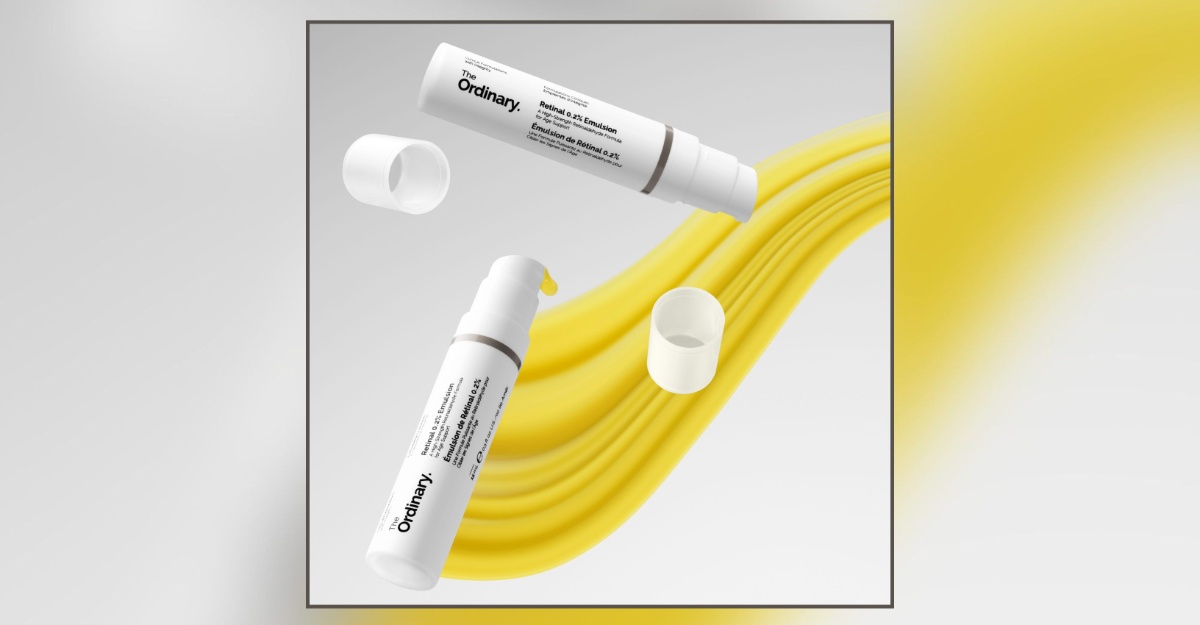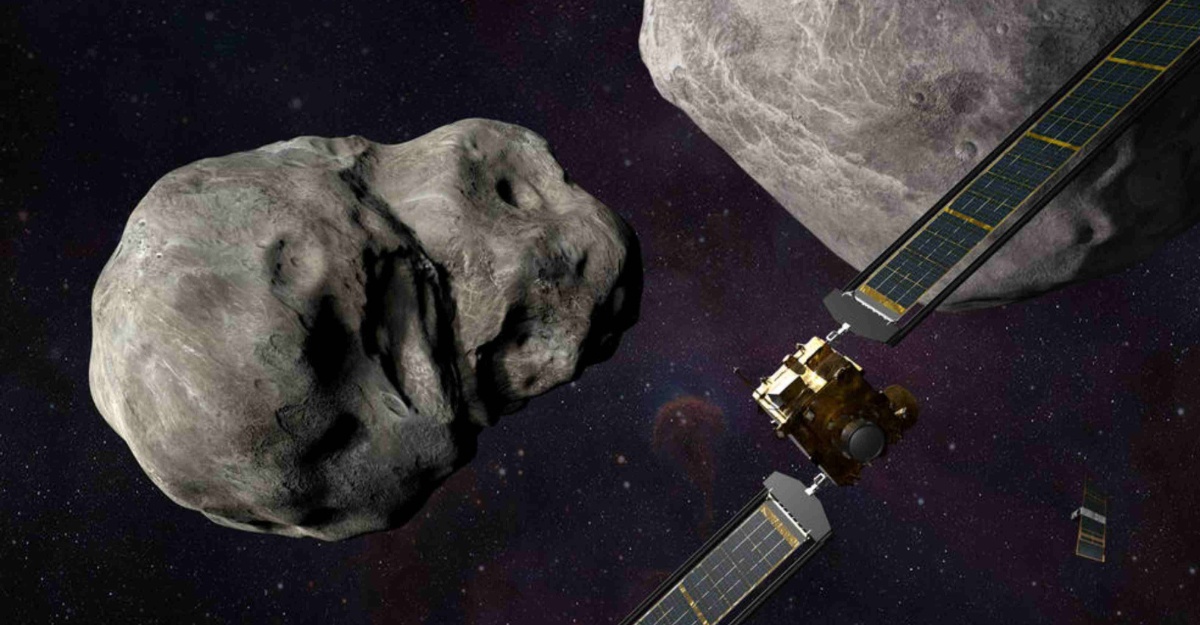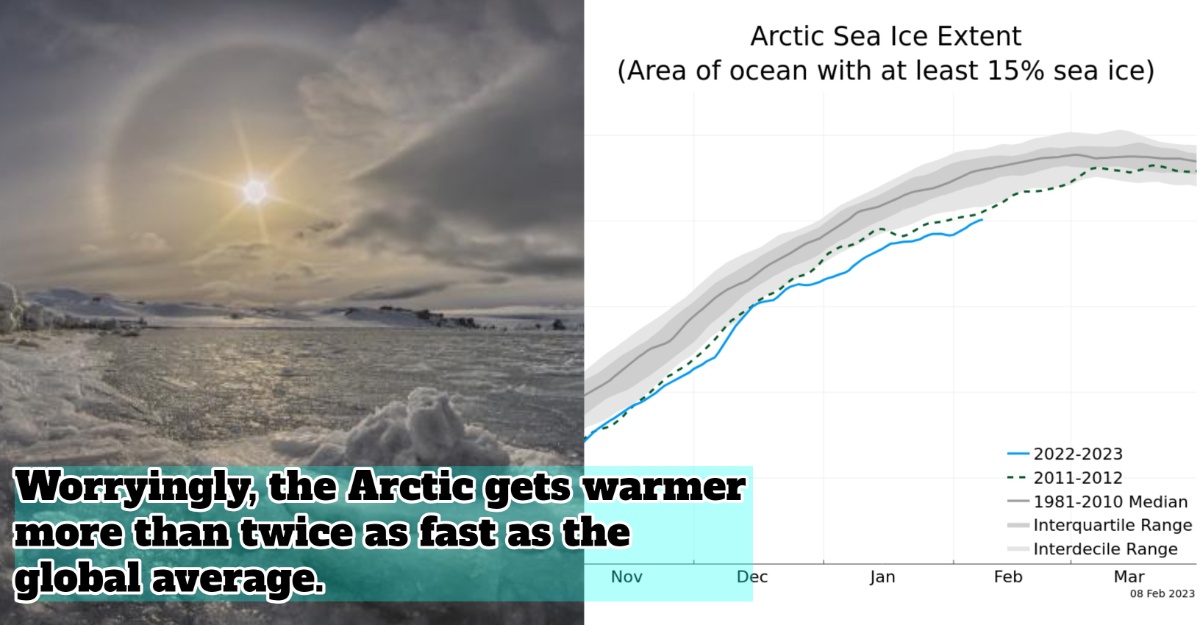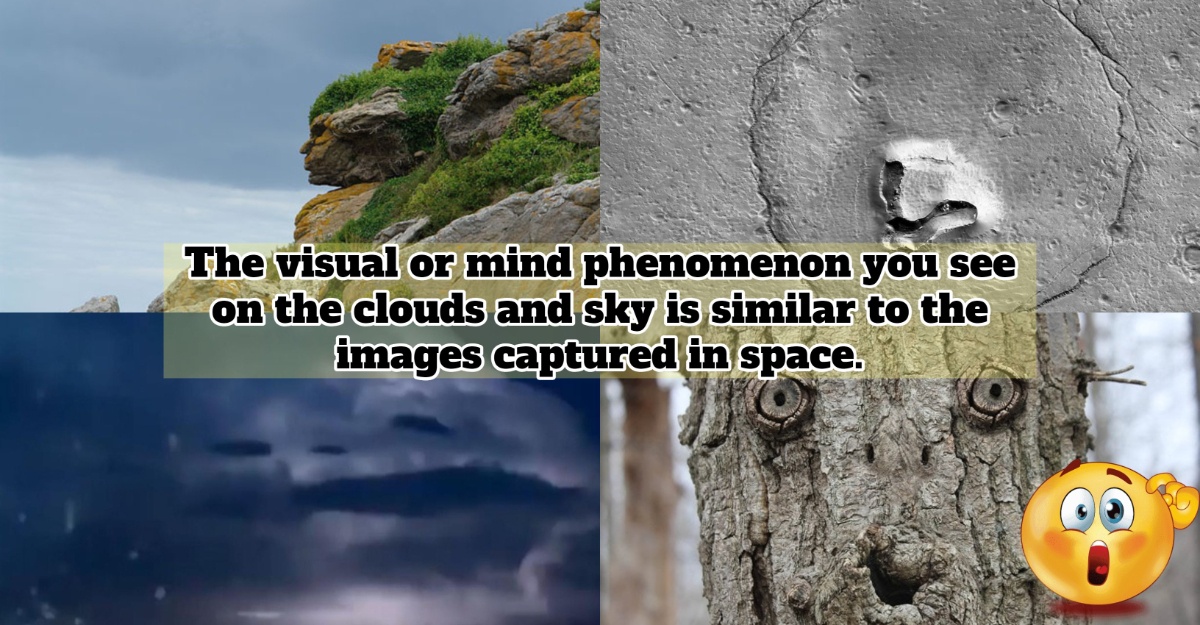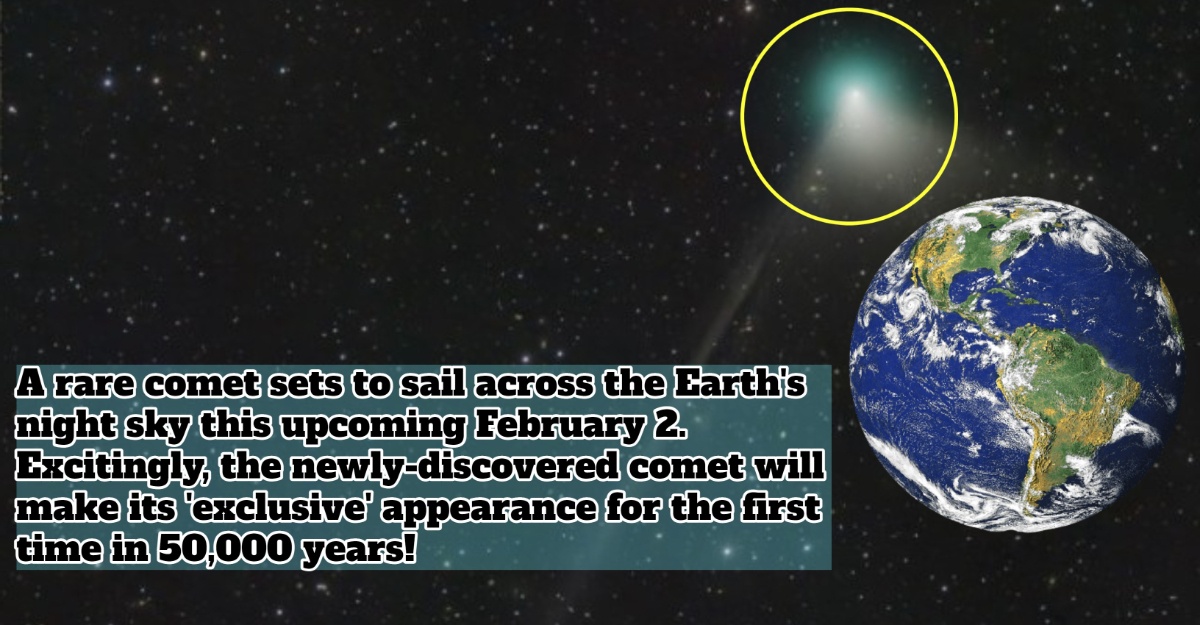NASA is going to crash a spacecraft into an asteroid, called Dimorphos, to see whether the impact will shift the asteroid’s movement in space.
The Double Asteroid Redirection Test (DART) is NASA’s plan to determine whether or not we have the resources to prevent a catastrophic asteroid strike on Earth. It is termed the first-ever “planetary defense test mission”.
The DART spacecraft is about the size of a school bus and will reach the intended target early tomorrow morning. DART will be traveling at over 14,000 miles per hour (22,500 kilometers per hour) when it will hit the target.
The Asteroids
To be clear, neither Dimorphos nor its bigger companion Didymos are dangerous to Earth. Additionally, NASA hasn’t found any asteroids that could hurt our planet right away.
These two are just good practices for hitting a target. Dimorphos and Didymos are two asteroids that orbit each other.
Dimorphos is a small ‘moonlet’ that orbits Didymos. As the tiny moonlet goes around the larger asteroid, it moves between Earth and the larger asteroid.
This means that both on-world and off-world telescopes can keep an eye on the system and see pretty quickly how a crash changes Dimorphos’ speed and path.
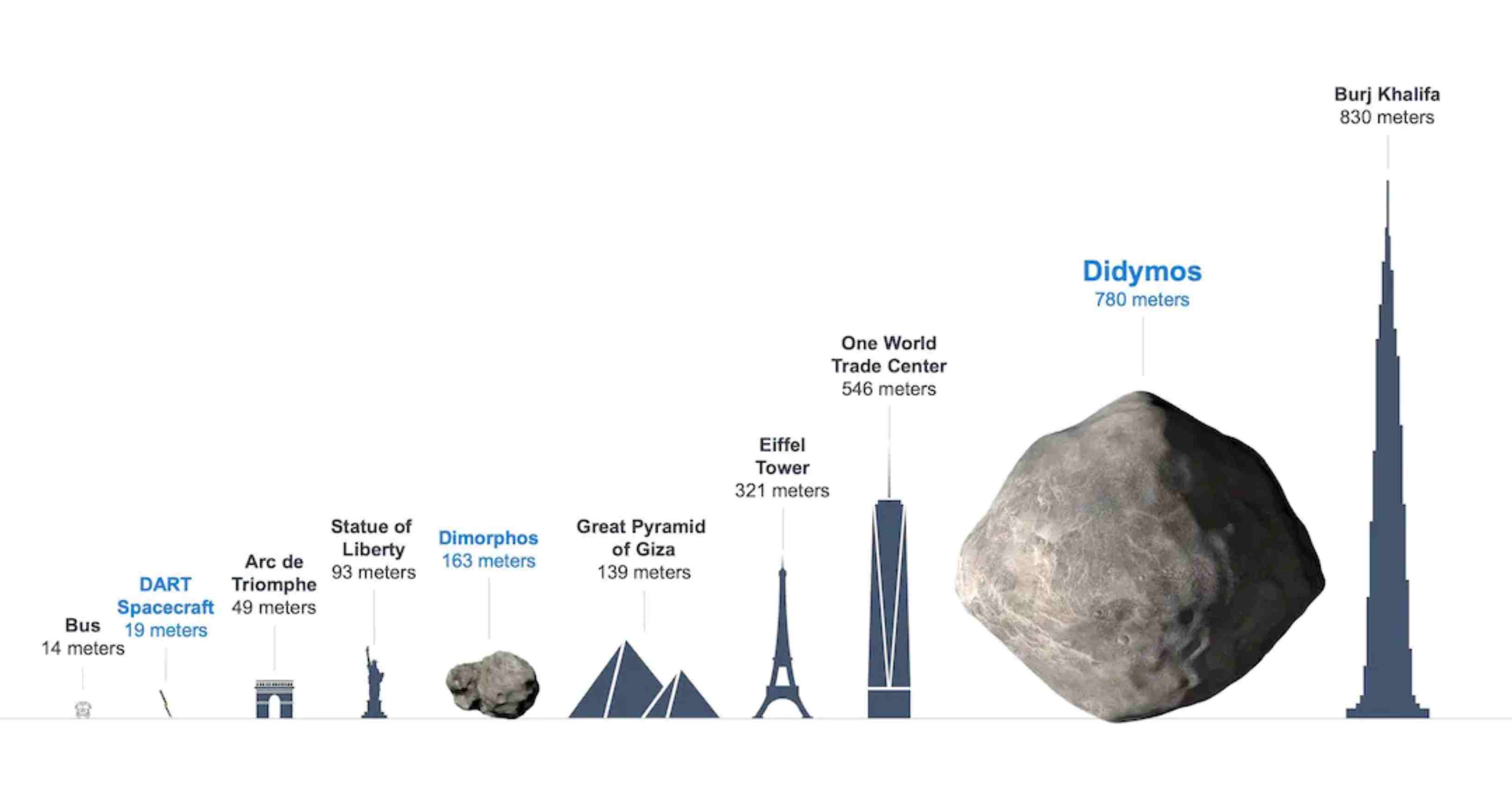
Picture: NASA
The spacecraft is equipped with the Didymos Reconnaissance and Asteroid Camera for Optical navigation, or DRACO, which will transmit images back to Earth of the double asteroid system.
Furthermore, DART’s imager will allow it to see the double-asteroid system and determine which one it should attack.
This device is a high-resolution camera with the intention of returning one image per second. This will give the impression of a video of the two asteroids to Earth.
You can watch the live coverage of the impact on NASA’s website or YouTube channel.













